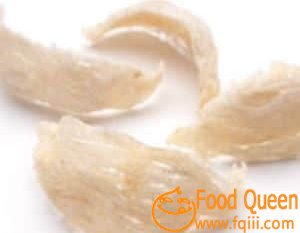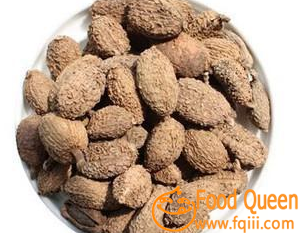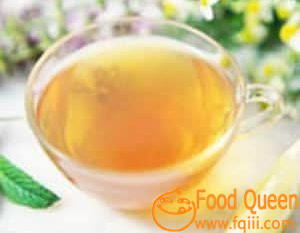The practice of Hashima
January 25, 2021 0
Chinese name:雪蛤 Snow clam (also known as forest frog), belongs to the class of amphibians, anura and ranidae . The scientific name is the forest frog of Changbai Mountain subspecies of China, also known as toad, hashi, yellow hama, oil hama, red belly frog, etc. It is a rare wild animal unique to Changbai Mountain in northeast China. It can improve human […]









